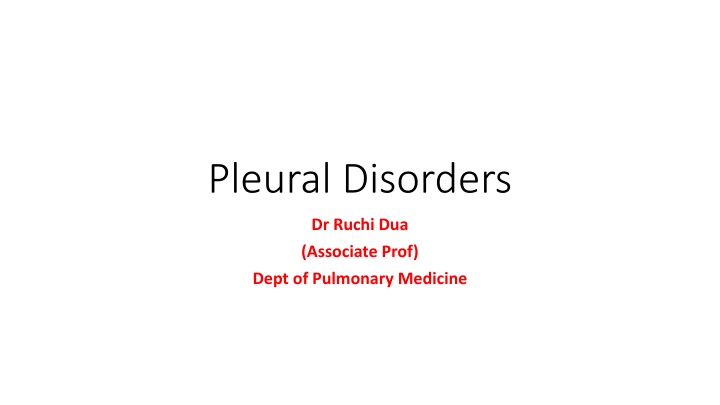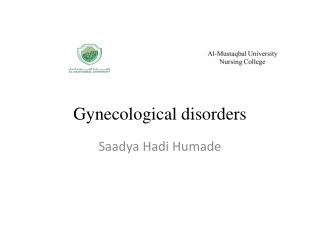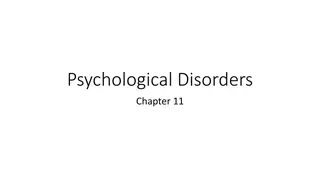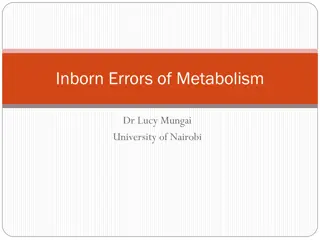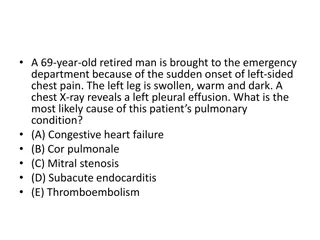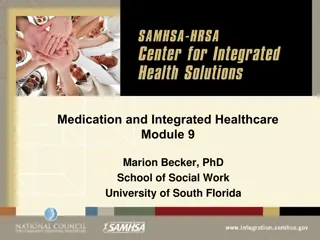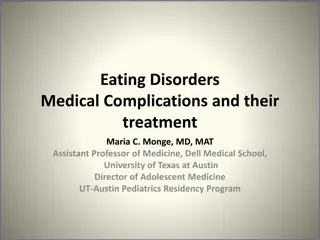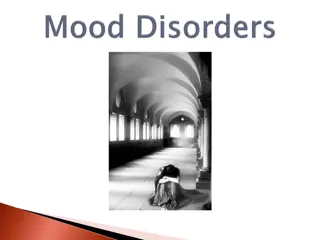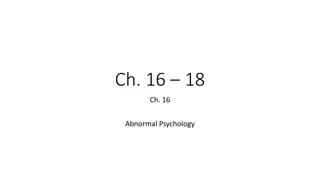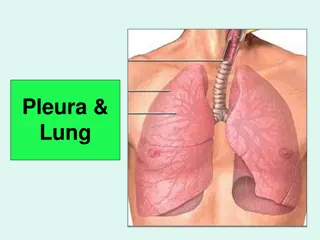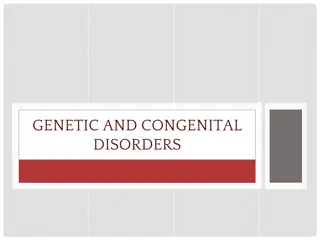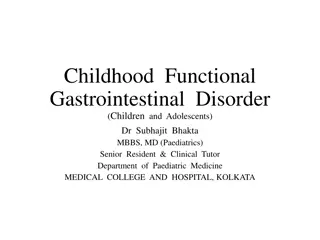Pleural Disorders
In this informational material, you will learn about various pleural disorders, when to suspect pleural effusion, symptoms and signs to look out for, basic evaluation techniques, and management strategies. It covers anatomy and physiology of the pleura, types of pleural pathology, common symptoms and signs, clinical approach, radiological investigations, thoracocentesis procedure, classification of pleural fluid as transudative or exudative, and different types of pleural disorders. The content provides a comprehensive overview for better understanding of pleural disorders.
Download Presentation

Please find below an Image/Link to download the presentation.
The content on the website is provided AS IS for your information and personal use only. It may not be sold, licensed, or shared on other websites without obtaining consent from the author.If you encounter any issues during the download, it is possible that the publisher has removed the file from their server.
You are allowed to download the files provided on this website for personal or commercial use, subject to the condition that they are used lawfully. All files are the property of their respective owners.
The content on the website is provided AS IS for your information and personal use only. It may not be sold, licensed, or shared on other websites without obtaining consent from the author.
E N D
Presentation Transcript
Pleural Disorders Dr Ruchi Dua (Associate Prof) Dept of Pulmonary Medicine
Learning Objectives What are various pleural disorders When to suspect Pleural effusion Symptoms & signs Basic Evaluation & Management
The normal pleura is a thin translucent membrane consisting of 1- mesothelium, 2-thin layer of subendothelial connective tissue rich in lymphatics, arteries veins and nerves. Functions: Space for movement & protective in volume overload
Types of Pleural Pathology Pneumothorax Effusion Haemothorax Pyothorax Chylothorax Hydro-pneumo Malignancies:Mesothelioma & metastasis Others
Symptoms Chest pain Cough Dyspnea +-Systemic features
Signs LN Clubbing Tachypnea/Tachycardia cynosis
Signs:Respiratory Inspection Palpation Persussion:Stony dull Auscultation:Rub Dec Breath sounds
Approach Detailed history and physical examination. imaging: CXR; Ultrasound Chest CT. Pleural fluid/tissue analysis.
Radiology PA view>200 Lateral 75 ml USG 10 ml Ct sensitive
Thoracocentesis Diagnostic(not always needed) Therapeutic
Transudative Vs Exudative Exudative:cells predominate Cytology & cultures
TYPES Transudative Exudative Extrapleural:transmigration
Pleural fluid analysis Colour/turbid Smell Protein Sugar Cells TLC/DLC Smear Culture Cytology ADA HCT TG/Cholesterol Amylase
LEADING CAUSES OF PLEURAL EFFUSIONS Causes Annual Incidence Transudate Exudate Congestiveheart failure Pneumonia Cancer Pulmonary embolus Viral disease Coronary artery bypass surgery Cirrhosis with ascites 500,000 Yes No 300,000 200,000 150,000 100,000 60,000 No No Yes Yes Sometimes No No Sometimes Yes Yes 50,000 Yes No Light RW. Pleural diseases. 4 Light RW. Pleural diseases. 4th th ed. Lippincott Williams &Wilkins, 2001 ed. Lippincott Williams &Wilkins, 2001
Investigations CXR
Clinical Scenario A 25 yr male:prot 3.5,sugar 55,cells 2000,L-90% A 35 yr male:prot 5.5,sugar 25,cells 3000,P-90% A 65 male:prot 5.5,sugar 65,cells 1000,L-90%,Hhagic A 65 male:prot 1.5,sugar 65,cells 200,L-90%
CASE CASE Pleural Fluid Analysis Pleural Fluid Analysis 67 yo man with dyspnea and Rt. Pleural effusion Pleural Fluid Pleural Fluid Serum Serum Nucleated Cell Count 1700; >90%Lymphocytes Total protein: 4.0 g/dl Total protein: 6.3 g/dl LDH: 242 U/L LDH: 143 U/L Cytology : negative
Etiology Transudative CHF CLD Renal Failure Anaemia/Hypoproteinemia Myxedema Gross ascites Exudative Pneumonia Tb CA Pulmonary Embolism:Both Trauma Post surgery Inflammatory:RA/SLE
Management Tubercular:ATT+-steroids Parapneumonic:aspiration & antibiotics to ICD+fibrinolytics or Surgery Malignancy:Pleurodesis Rest:Treat underlying cause
